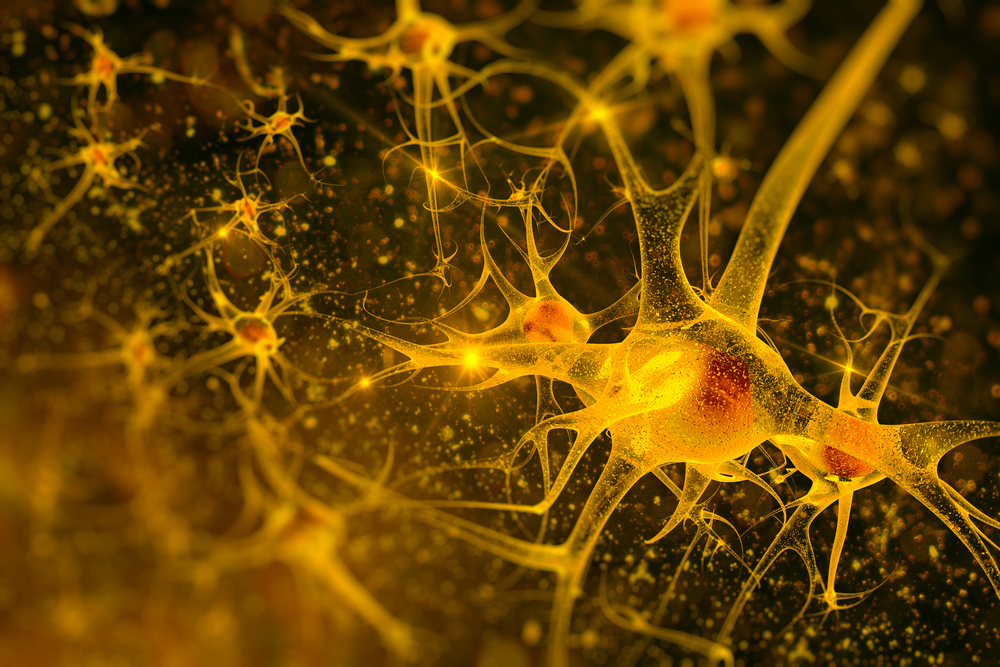New study Unravels How Motor Neurons Control Muscle Movement

In a new study entitled “Neural population dynamics in human motor cortex during movements in people with ALS” researchers at Stanford University shed light on how the brain controls muscle movement. Their findings may help accelerate the development of prosthetic devices for patients with motor neuron degenerative diseases, such as amyotrophic lateral sclerosis. The study was published in the journal eLife.
Every voluntary movement we make is controlled by the brain, specifically by a type of cells – neurons – localized in a specific part of the brain called the motor cortex. However, the mechanisms behind how the motor cortex controls movements were involved in controversy: while some scientists proposed that neurons in the motor cortex send direct signals to the muscle individually, generating movement, others proposed that neurons worked together, generating a rhythmic wave of activity that culminates in muscle movement.
Here, researchers performed a study with two human volunteers diagnosed with amyotrophic lateral sclerosis (ALS), also known as Lou Gehrig’s disease, a progressive neurodegenerative disease, characterized by damage and eventual death of motor neurons. As a result, ALS patients loose muscle control, including the patients in the study, which had already paralyzed arms and legs.
The authors measured the neuronal activity in the motor cortex of these patients by implanting electrode arrays in their brains’ motor cortexes (they were still able to move their index fingers) while performing an activity (in this case, patients tried to move a computer cursor).
The team found that ALS patients’ neurons worked as a dynamic system, creating rhythmic patterns of neural activity, which was in agreement with a previous study performed in monkeys by the same team and published in the journal Nature back in 2012.
Krishna Shenoy, PhD, professor of electrical engineering and a Howard Hughes Medical Institute investigator and study lead investigator commented, “What we discovered in our preclinical work is evidence of how groups of neurons coordinate and cooperate with each other in a very particular way that gives us deeper insight into how the brain is controlling the arm.”
The team expects that these findings will foster the development of prosthetic devices (as robotic arms, for example) that may ultimately respond to patient’s thoughts and translate neuronal activity into electric impulses that can control a robotic arm.






